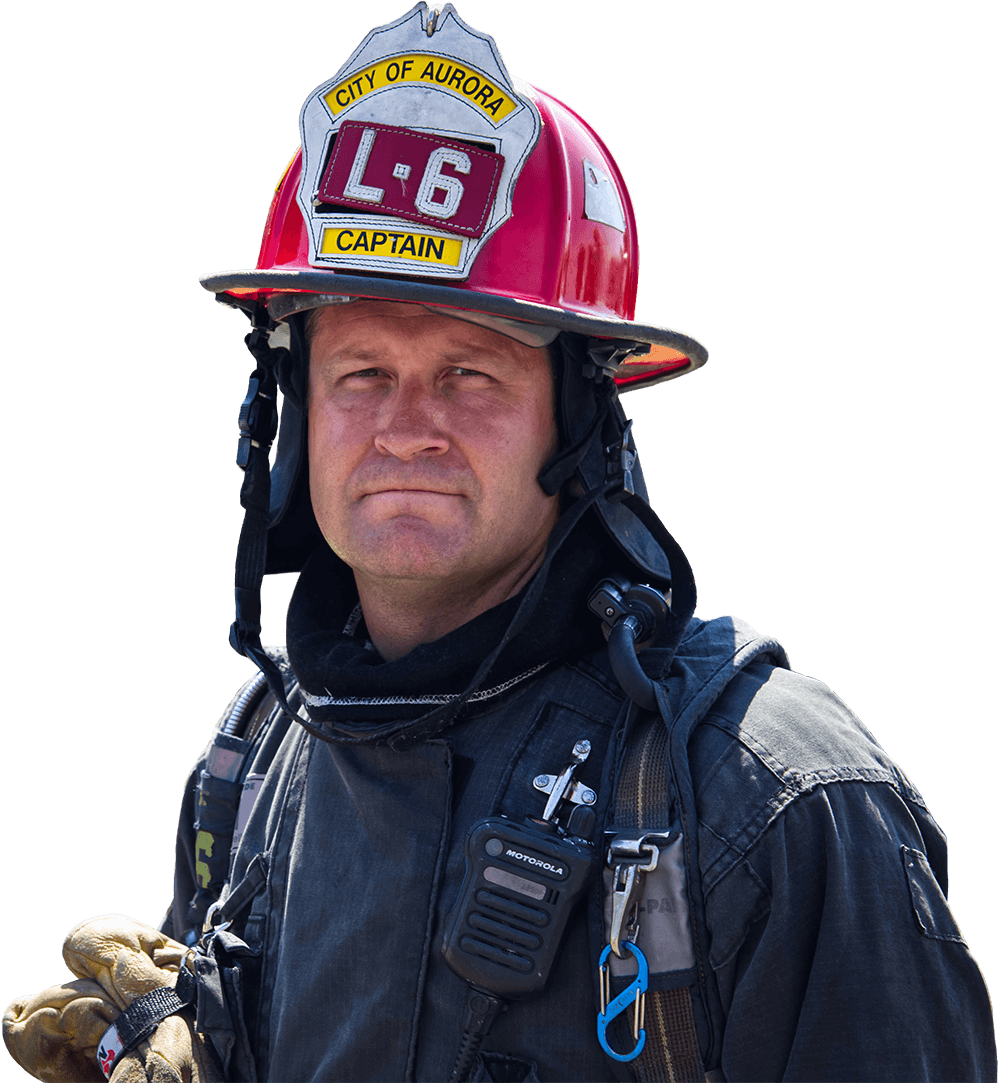Responding to an emergency call at a location that handles hazardous materials and machines can be a frightening situation if you do not have the proper training. Industries that work with such materials are required to have a lockout/tagout system in place to prevent these situations from happening, but sometimes accidents will happen anyway. As a first responder, you must go into these calls with your training, an understanding of how to handle these locks and tags, and knowing that you will have to be even more cautious when providing care as your actions may have adverse reactions when it comes to dealing with hazardous materials and machines.
Course Type: Full-length Course
Course Duration: 60
Responding to a trench rescue requires quick and accurate action. Understanding how to handle the situation best and not make it worse is imperative. After years without much information on the topics of trench collapse and shoring unstable dynamic soil conditions, an innovative method has been designed specifically for firefighters to rapidly and accurately estimate worst-case soil forces associated with these incidents. This course addresses OSHA CFR 29 Subpart P; OSHA CFR 29 Part 1926 Subpart P.
Course Type: Full-length Course
Course Duration: 60 min
